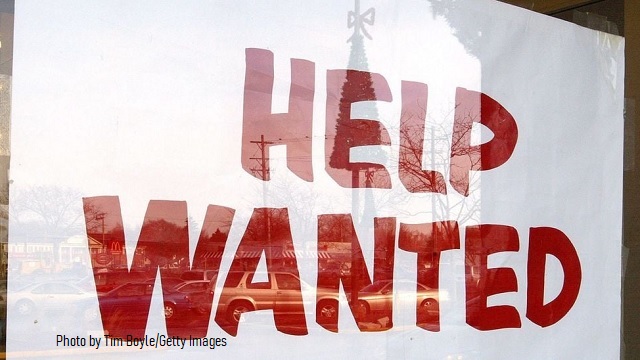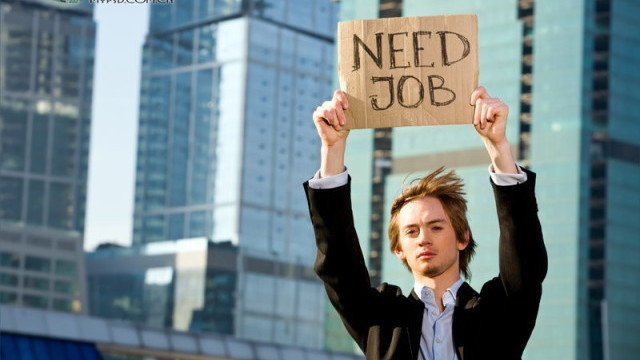Prevalent in the United States and other industrialized countries is the belief that without governmental intervention, such as wage and hour legislation, child labor laws, and rules concerning working conditions for women, the long hours and grueling conditions of the “sweatshop” would run rampant.
The implication is that legislators, in the days of Abraham Lincoln, for instance, were cruel and inconsiderate of the poor—no better than the caricatured factory owners of the times who would employ men and women and children at low wages, long hours, and poor working conditions. Otherwise, had they been humanitarians, legislators of a century ago and earlier would have prohibited child labor, legislated a 40-hour work week, and passed other laws to improve working conditions.
But the simple truth is that legislators of a few generations ago in the United States were powerless, as Mao or Nehru or Chavez or Castro has been powerless in more recent times, to wave a wand of restrictionist legislation and thereby raise the level of living and abolish poverty among the people. If such a miracle were possible, every dictator and every democratically chosen legislator would “push the button” without hesitation. (Editor’s note: See the recommended readings below for abundant historical evidence of this point).
The reason why women and children no longer find it necessary to work for low wages under poor conditions from dawn to dusk six days or more a week is the same reason why strong healthy men can avoid such onerous labor in a comparatively free industrialized society: surviving and earning a living are made easier through the use of tools and capital accumulated by personal saving and investment.
In fiction, the children of nature may dwell in an earthly paradise; but in the real life of all primitive societies, the men and women and all the children struggle constantly against the threat of starvation. Such agrarian economies support all the people they can, but with high infant mortality and short life spans for all survivors.
When savings can be accumulated, then tools can be made and life’s struggle somewhat eased—industrialization begins. And with the growth of savings and tools and production and trade, the population may increase. As incomes rise and medical practices improve, children stand a better chance of survival, and men and women may live longer with less effort. Not that savings are accumulated rapidly or that industrialization occurs overnight; it is a long, slow process. And in its early stages, the surviving women and children are likely to be found improving their chances as best they can by working in factories and so-called sweatshops. To pass a law prohibiting such effort at that stage of development of the society would simply be to condemn to death a portion of the expanding population. To prohibit child labor in developing countries today would be to condemn millions to starvation.
Once a people have developed habits of industry and thrift, learned to respect life and property, discovered how to invest their savings in creative and productive and profitable enterprise, found the mainspring of human progress—then, and only then, after the fact of industrialization and a prosperous expanding economy, is it possible to enact child labor laws without thereby passing a death sentence.
A wise and honest humanitarian will know that poverty (and worse) lurks behind every minimum wage law that sets a wage higher than some individual is capable of earning; behind every compulsory 40-hour week rule that catches a man with a family he can’t support except through more than 40 hours of effort; behind every legislated condition of employment that forces some marginal employer into bankruptcy, thus destroying the job opportunities he otherwise afforded; behind every legal action that virtually compels retirement at age 65.
Men will take their children and women out of sweatshops as fast as they can afford it—as fast as better job opportunities develop—as fast as the supply of capital available per worker increases. The only laws necessary for that purpose are those that protect life and private property and thus encourage personal saving and investment.
To believe that labor laws are the cause of improved living and working conditions, rather than an afterthought, leads to harmful laws that burden wealth creation, sap the incentive of the energetic, and close the doors of opportunity to those least able to afford it. And the ultimate effect is not a boon to mankind but a major push back toward barbarism.
Paul L. Poirot
Summary
- Sweatshops and child labor were commonplace in preindustrial, precapitalist days because production and productivity were so low, not because people disliked their wives and children more than they do today.
- Savings, investment, and economic growth improve working and economic conditions faster and more assuredly than well-intentioned but misguided laws that simply close doors of opportunity.
For further information, see:
“Child Labor and the British Industrial Revolution” by Lawrence W. Reed
“Sweatshop Blues: An Interview with Benjamin Powell”
“Book Review: Child Labor and the Industrial Revolution by Clark Nardinelli” as reviewed by David M. Brown
“Why Economies Grow” by Aaron Schavey
“The Man Behind the Hong Kong Miracle” by Lawrence W. Reed
Paul L. Poirot was a long-time member of the staff of the Foundation for Economic Education and editor of its journal, The Freeman, from 1956 to 1987.
EDITORS NOTE: Paul L. Poirot was a long-time editor of FEE’s journal, The Freeman. This essay is slightly edited from the original, published there in 1963 under the title “To Abolish Sweatshops.”) The featured image is courtesy of FEE and Shutterstock.














